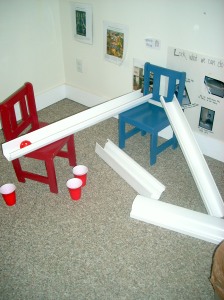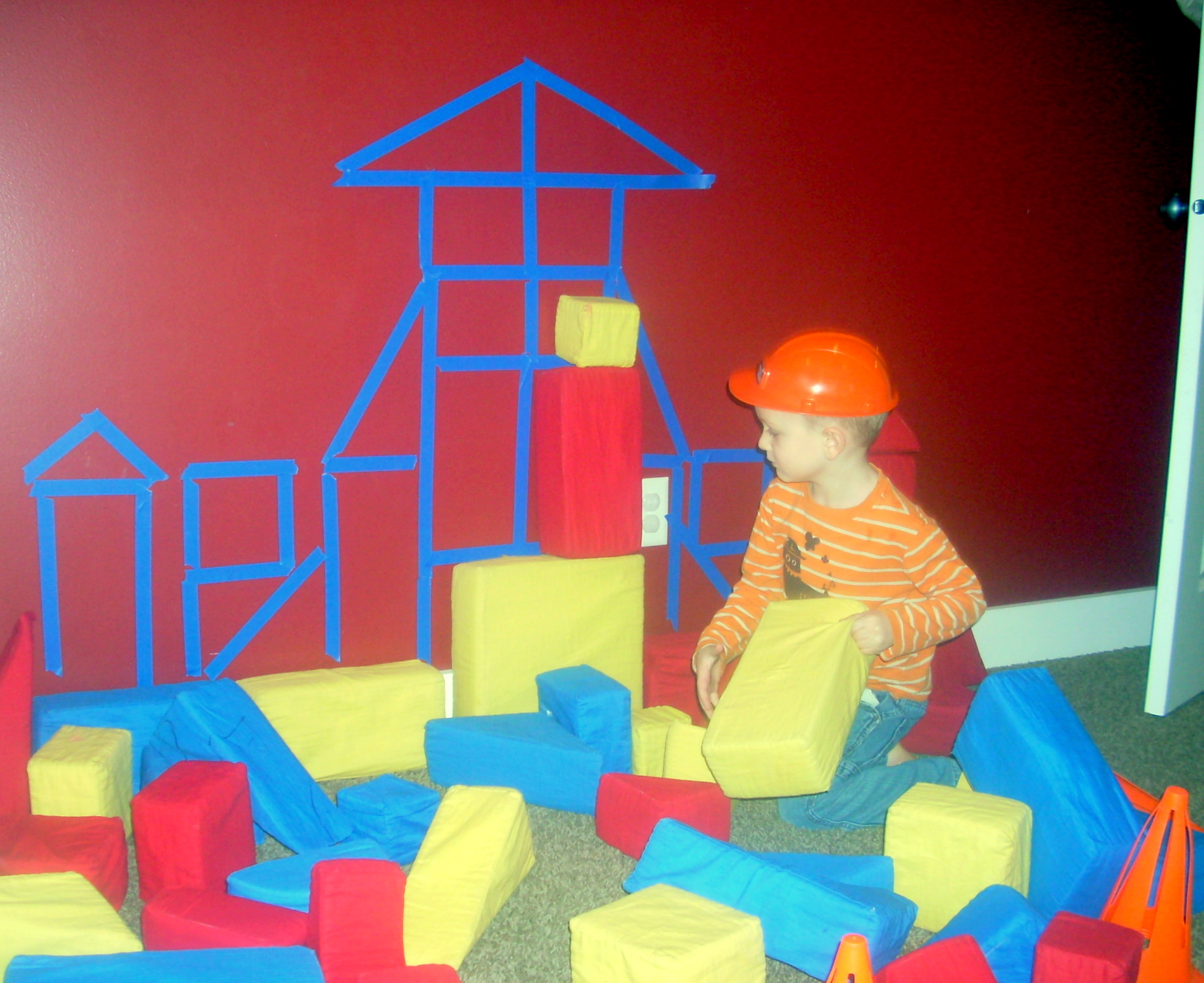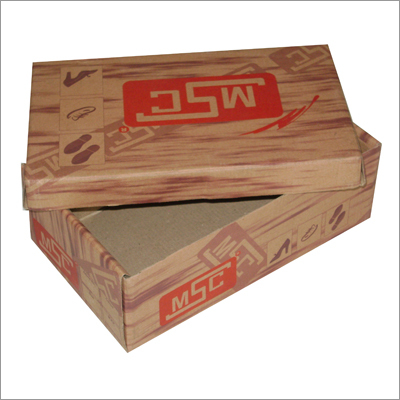http://fairydustteaching.blogspot.com/2011/03/developmental-stages-of-block-play.html
Block play is such an important part of the early childhood classroom. It provides potent opportunities for creativity, imagination, problem solving, and foundational mathematical understandings. It is something that actually has a developmental sequence to it - like writing or drawing. I love to watch the expansion of block play in the kindergarten. It becomes such a world in itself! I find it fascinating that the way children use the blocks can actually tell me something about their developmental growth cognitively.
Stage 1 Tote and Carry (2 and 3 years old)
At this stage, one of the first activities is the act of carrying around the blocks or piling them. It is a full sensory experience as the child experiences the smoothness, the weight, the size and the sounds they make when they drop the blocks. In this stage, the child is learning about blocks and what blocks can do.
Stage 2 Building Begins (3 years old)
At this stage, a child will pile the blocks to make a tower or lay the blocks on the floor in rows, either horizontally or vertically. There is much repetition in their building. It is in this stage that the first application of imagination occurs as props such as cars or trucks are used on "roads."


















